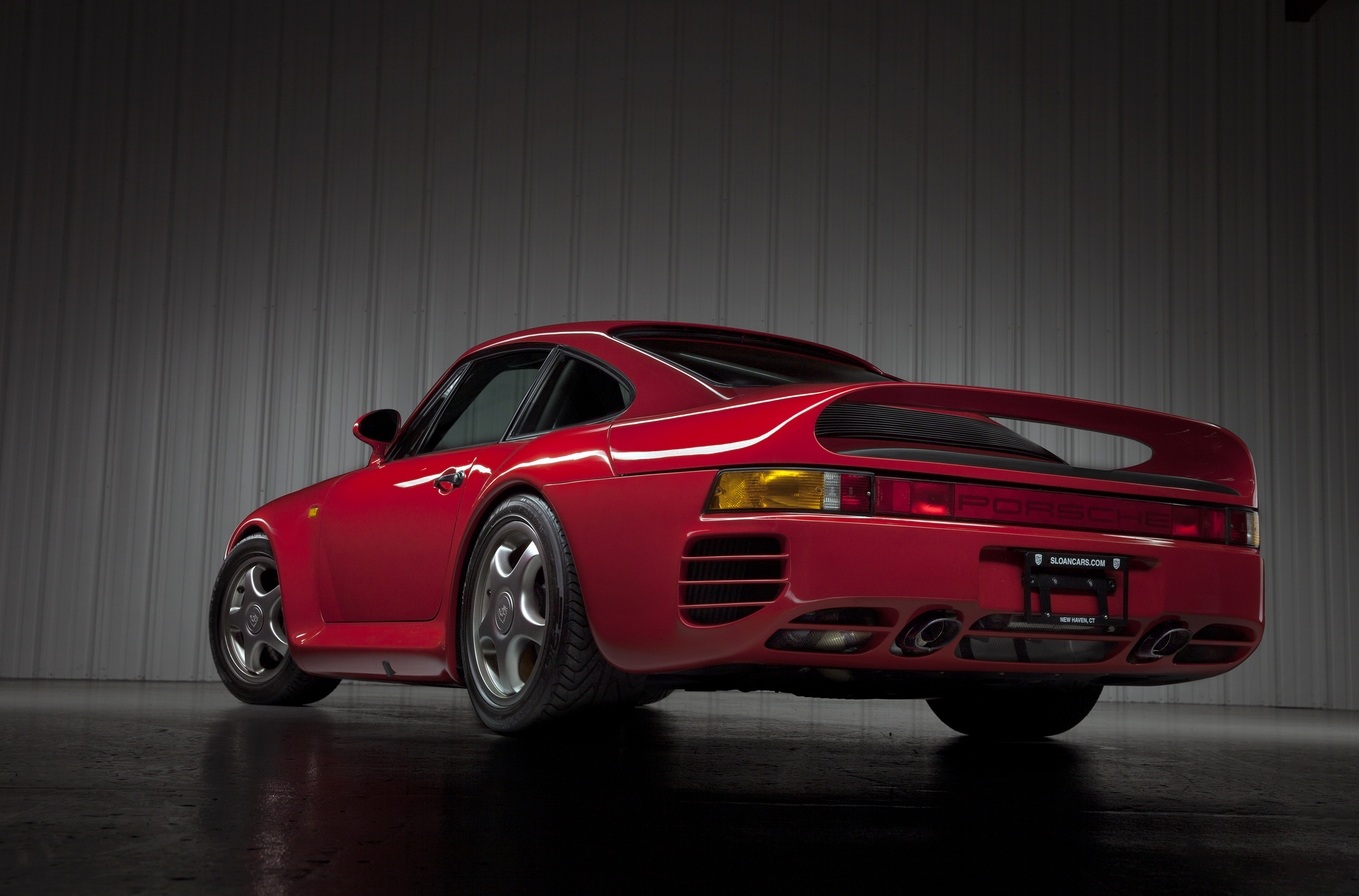The performance car industry is a fast-paced one, with the boundaries of technology and performance constantly pushed outward. Every car is different, but there are a number of technologies that have undeniably contributed to the colourful performance landscape we have today.
Read on as we examine ten contemporary pieces of tech that changed the fast car game for good.
1. ZF 8HP Transmission
When: 2009 What: BMW 760Li
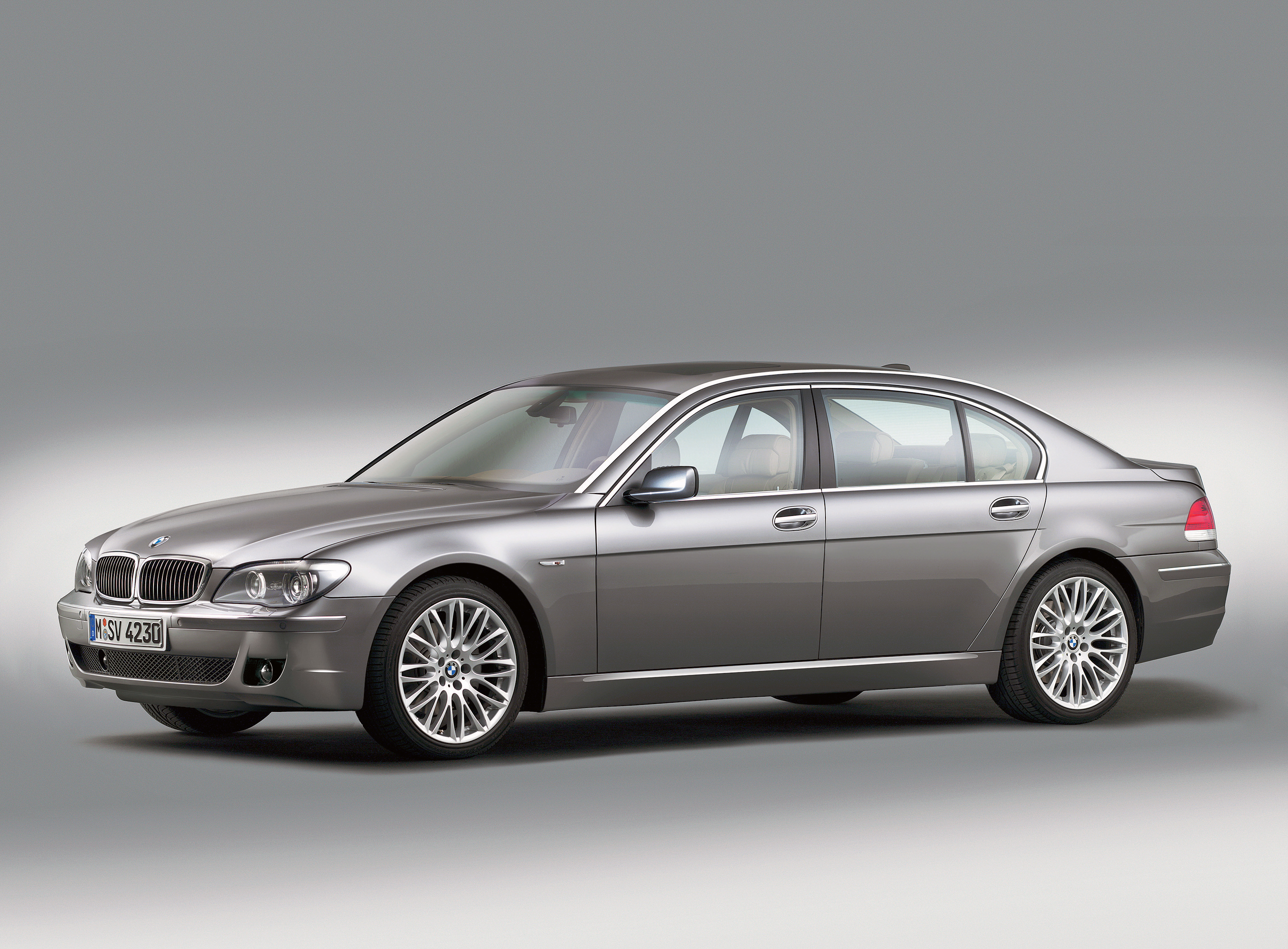
The dual-clutch was the technology that killed the flabby old torque converter auto, right? Not so fast, hoss. Zahnradfabrik Friedrichshafen, or ZF to most of us, had other ideas.
The company that was originally formed to produce gear wheels for Zeppelins developed a compact eight-speed transmission with four planetary gearsets, three clutches and two brakes that could shift gears in as little as 200 milliseconds with a beautifully oiled slickness that suddenly made DCTs seem clunky.
Compatible with rear- or all-wheel drive layouts with torque outputs from 220Nm to 1044Nm, the ZF 8HP even prompted some manufacturers like Audi and BMW (with RS5 and M5 respectively) to ditch DCT installations and return to automatics. The added length of a torque converter has proven prohibitive in high performance mid-engined applications, but otherwise the ZF 8HP is the transmission that demonstrated that when it comes to shift quality, the auto remains king.
2. Sequential twin-turbo
When: 1986 What: Porsche
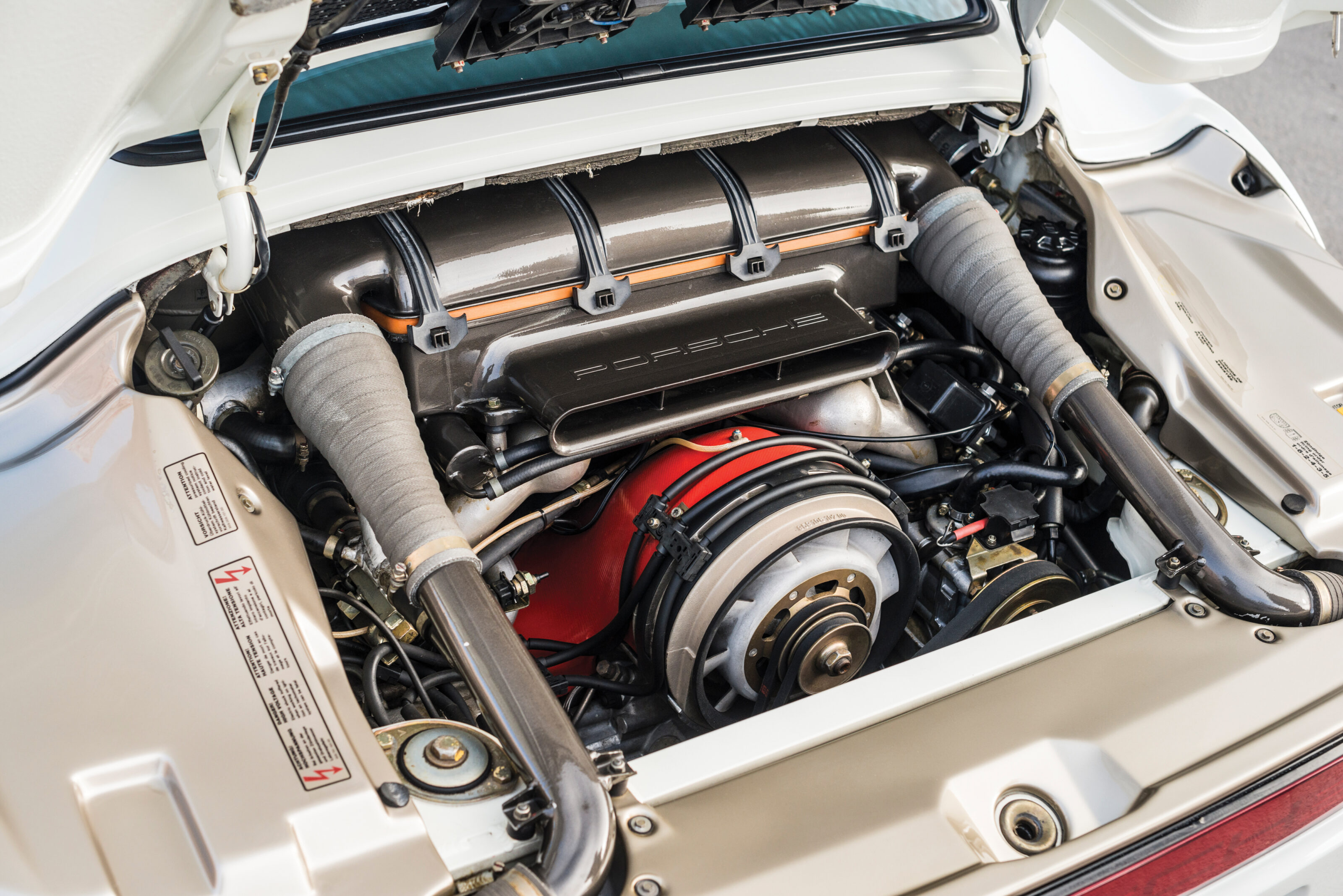
Although the design for exhaust-driven turbos dates back to 1905, and parallel-sequential forced induction systems had been toyed with in aviation until the advent of the jet engine, it wasn’t until 1986 that Porsche commissioned KKK to build a series-sequential setup.
Unlike its predecessor, where both turbos would operate under high load and only one would be used at lower outputs, the KKK K26 turbochargers fitted to Porsche’s 959 would see one spool up and then pass the baton to the next at 4000rpm, neatly eliminating turbo lag and improving driveability.
Since then, innovations in variable geometry turbocharging have largely rendered the cost and complexity of sequential twin turbocharging redundant. Those who have ever tried to troubleshoot an FD3 RX-7 turbo issue, we feel your pain.
3. Active Aero
When: 1986 Who: Porsche
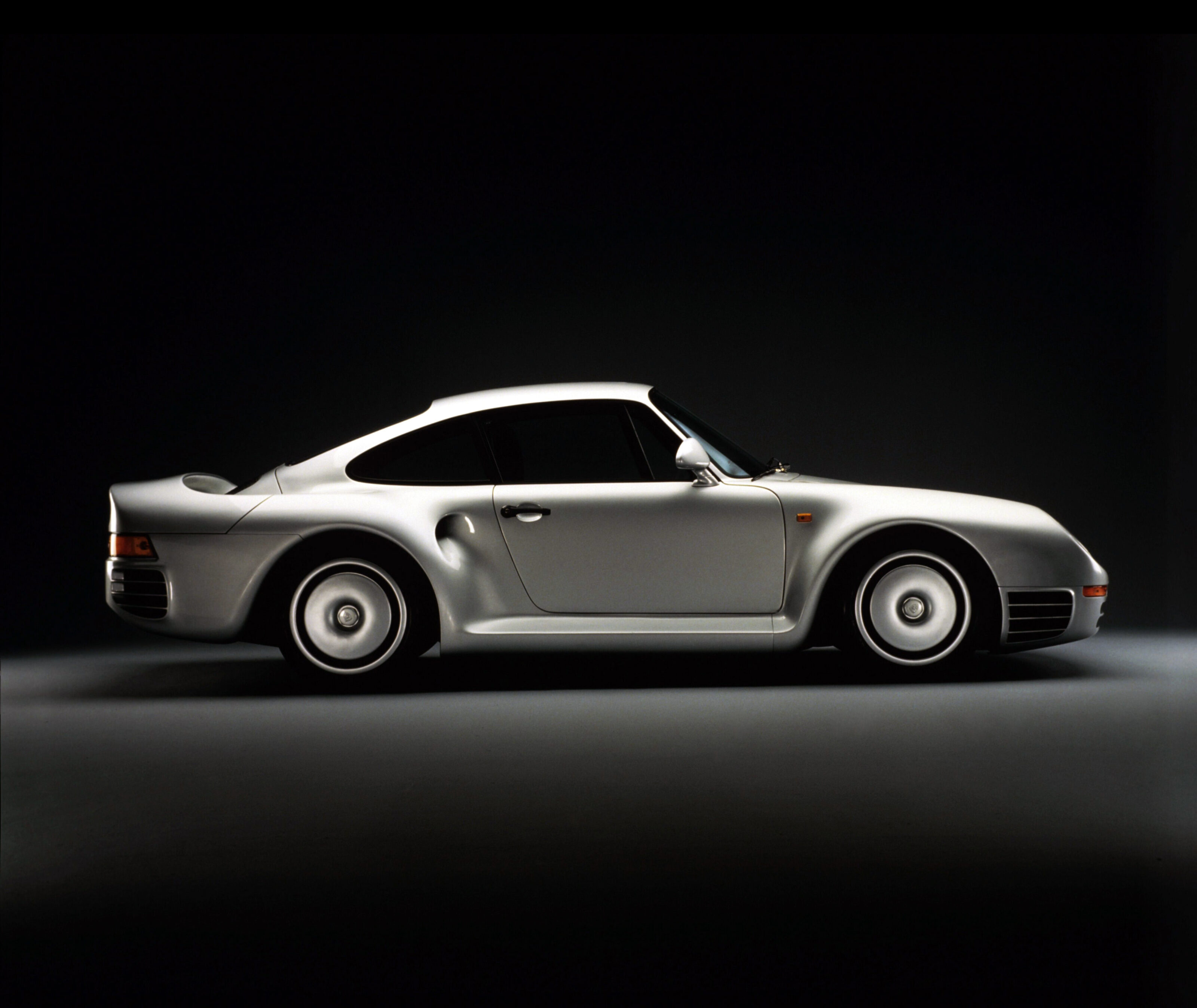
Without wanting to make this entire feature a Porsche 959 hagiography, Weissach’s supercar was there with the first automatic ride height adjustment.
Vehicles like the 1988 Volkswagen Corrado with its active rear wing and the 1990 Mitsubishi 3000GT with its automatically adjusting front and rear spoilers followed. Since then we’ve had oddities like the Pagani Huayra with its four moveable control surfaces at each corner or the Zenvo TSR-S with its crazily tilting rear wing.
Perhaps the ultimate example of applied active aerodynamics is Lamborghini’s ALA system on the Huracán Performante which uses aero vectoring to apply or reduce downforce to each individual wheel. It’s the key reason why the Performante is still significantly quicker on a lap of any given race track than the later Huracán Evo with which it shares its drivetrain. Even away from ultra-high performance applications, active aero often improves efficiency and emissions.
4. Electronically controlled torque-vectoring diff
When: 1996 Who: Mitsubishi
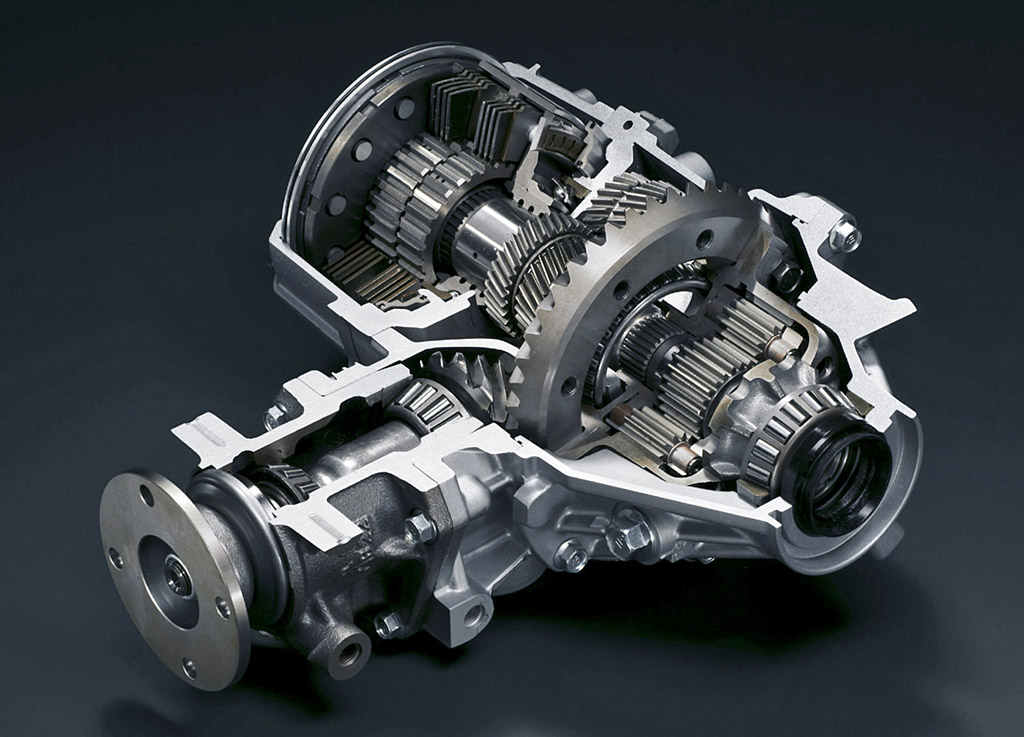
Mitsubishi’s Active Yaw Control, which debuted on the Lancer Evo IV GSR in 1996 was a revelation. It controlled which rear wheel got a greater or lesser share of torque with an electronically controlled wet clutch pack nestling either side of the differential gears on the rear axle. Understeer was reduced by directing more torque to the outside rear wheel otherwise the system would detect which wheel could best accept drive and direct it accordingly. When equipped on both axles, these smart diffs can direct torque to any wheel.
The Twinster drive system on the Ford Focus RS and the 4Matic+ system on the Mercedes-AMG A45 S can send high percentages of drive to the rear axle and then to one particular wheel to deliver dedicated drift modes.
5. Over-the-air updates
When: 2009 Who: GM
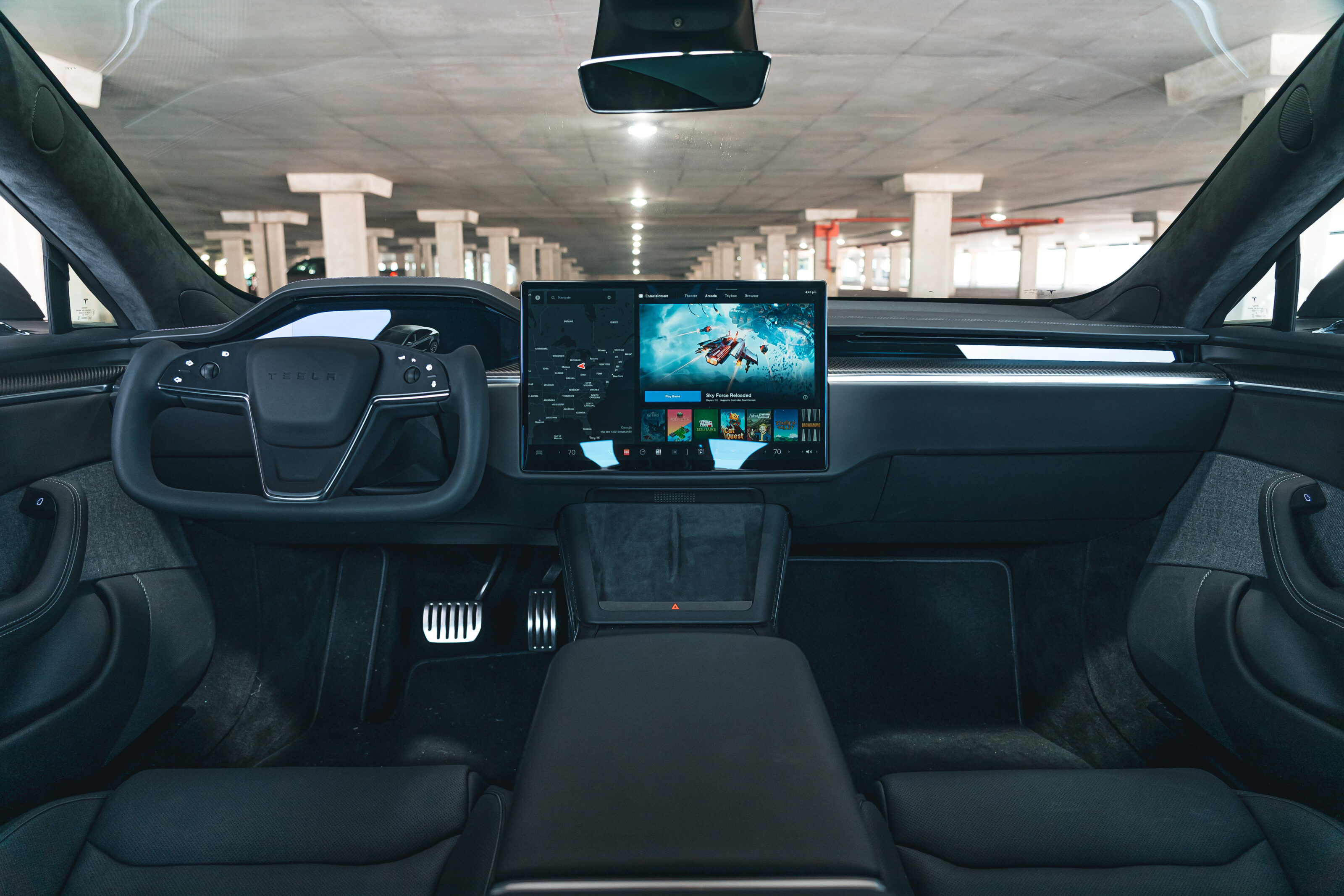
It’s been a decade since a Tesla Model S connected itself to the internet and downloaded a software patch. Yet, while Elon might like to claim that as a first, it ignores the fact that General Motors beat Tesla to the punch with its Vehicle Intelligence Platform that could update OnStar and infotainment back in 2009.
While OTA updates have yet to fully realise their potential, with most manufacturers still only able to update infotainment functions, dubbed Software Over The Air or SOTA. Tesla and NIO fully support Firmware Over The Air (FOTA) upgrades for the entire vehicle system as well as SOTA capability.
Most manufacturers are three or four years away from offering full FOTA capability. Mercedes-Benz, for example, will need to wait until 2024 for its new Invidia-based software architecture to roll out. The scope for OTA to influence the way your car drives is virtually limitless.
6. Stability Control
When: 1995 Who: BMW, Mercedes
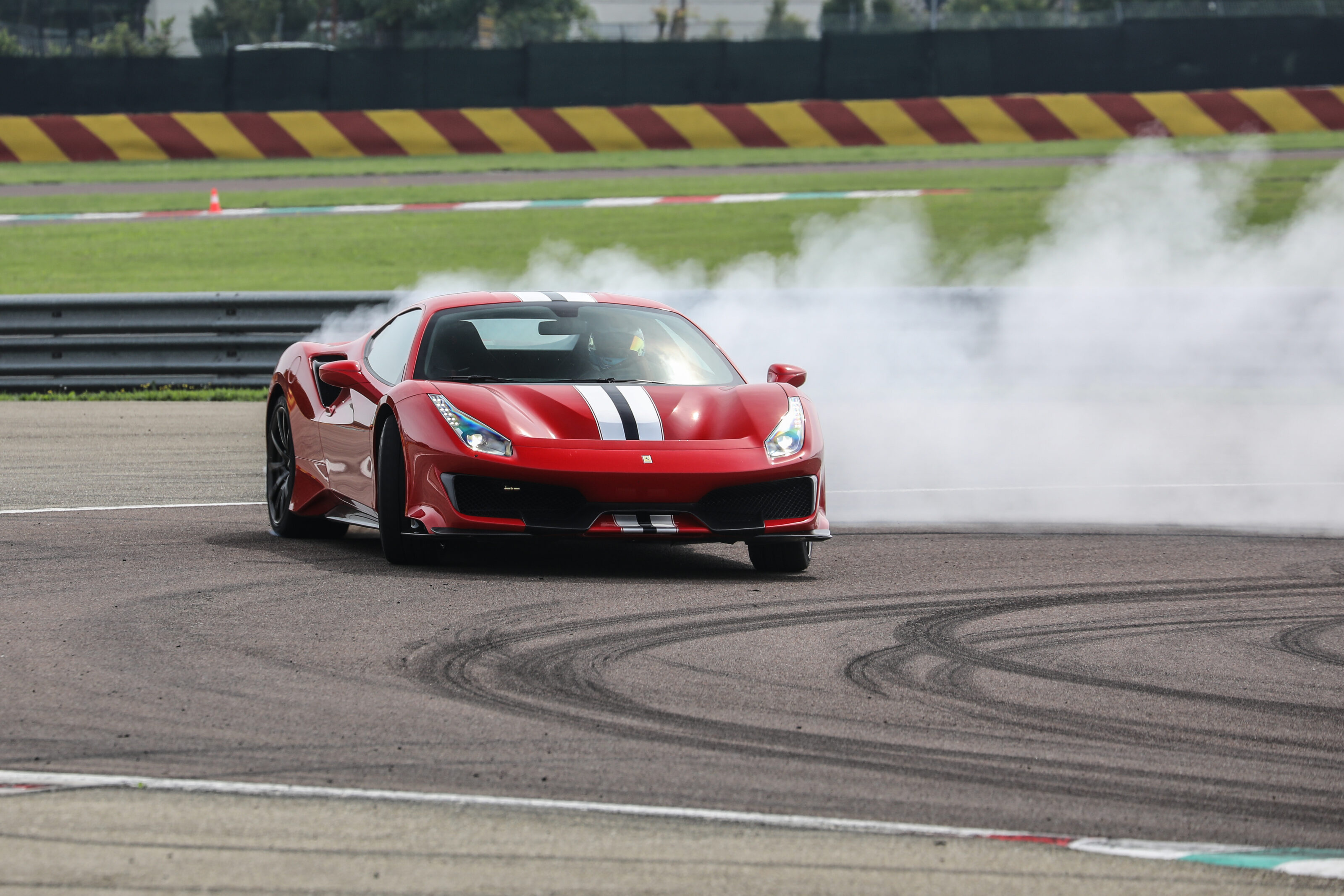
Let’s pause for a moment and examine cars before stability control became widely fitted. A Ferrari F40 with 356kW was a handful and Porsche’s last GT car without the fitment of stability control was the 355kW 996 GT2. It was clear that there was a definite power ceiling that a car driving through its rear wheels could reasonably be foisted upon the general public.
These days, you’d happily drive a 610kW Ferrari 296 GTB without checking your life insurance provision beforehand, largely thanks to advances in stability control technology.
Even Gordon Murray has fitted the tech to his latest wares. Rather than prove a drag, stability control has morphed into an enabler, coming from its roots back in 1995 on Mercedes-Benz and BMW products through to BMW’s slick M Dynamic Mode and Ferrari’s otherworldly Side Slip Control. Along the way it has saved many lives as well as the blushes of more than a few motoring writers.
7. Tyre Pressure Monitoring System
When: 1986 Who: Porsche
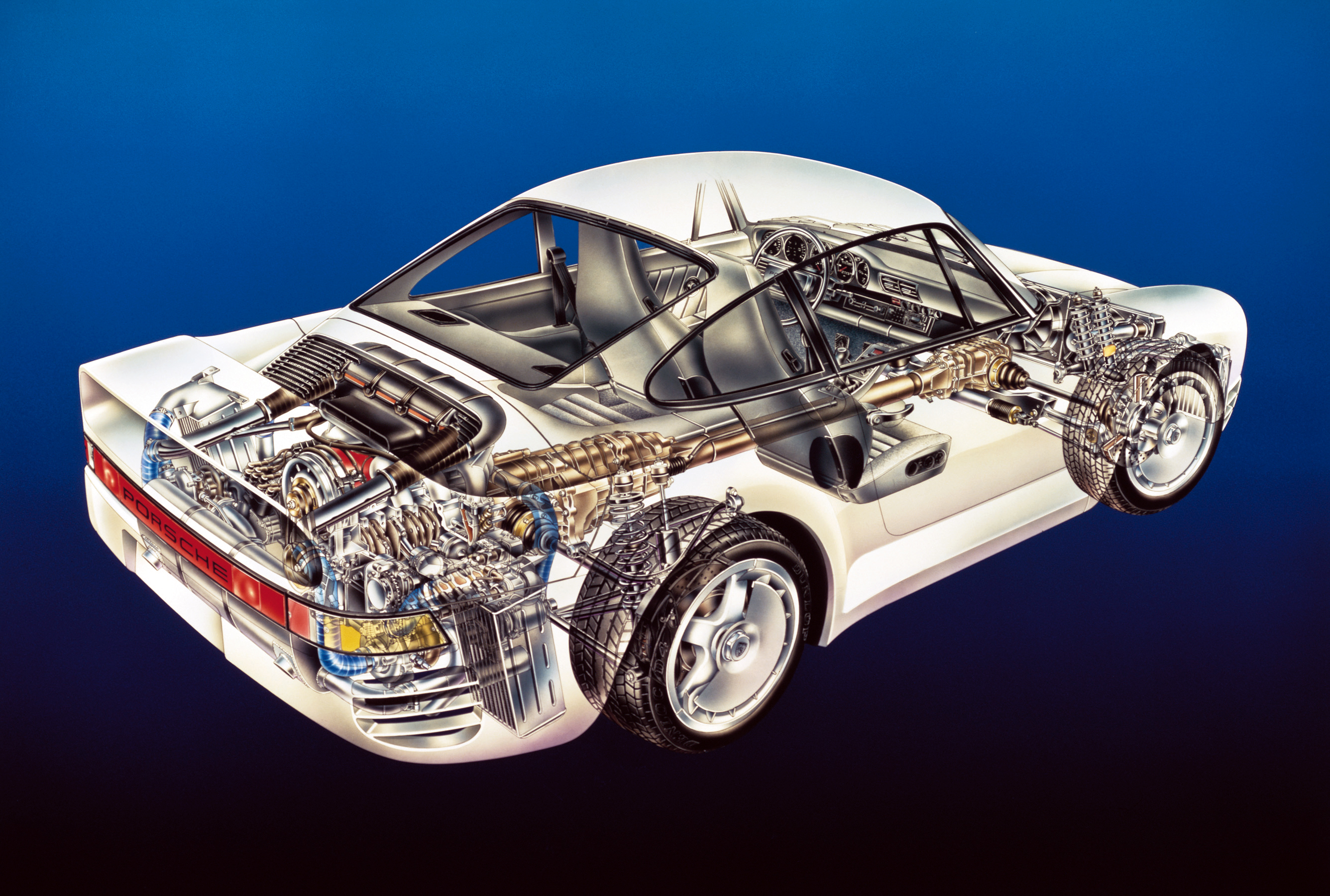
If you’re sensing a theme here, you probably won’t take too many guesses at figuring out which car introduced a tyre pressure monitoring system back in 1986. And while TPMS is undoubtedly a handy thing to have to signal whether you’ve caught a slow flat, how does it really apply to the world of performance cars?
Firstly there’s a significant safety implication that’s only exacerbated by performance cars putting greater demands on their tyres. Whether its indirect TPMS, which uses an algorithm based on wheel speeds and other driveline data to model tyre pressure, or direct TPMS which features an in-wheel pressure sensor, TPMS helps improve safety and extend the life of your tyres.
It’s also a boon for trackday drivers who are frequently monitoring tyre temperatures and pressures and exposing tyres to the risk of damage by running kerbs.
8. Michelin C3M
When: 1994 Who: Michelin

Back in 1994, Michelin changed the way tyres were made. Prior to C3M (Carcasse, Monofil, Moulage et Mécanique) the construction of tyres relied on large-scale production facilities that required huge investments in raw material storage and therefore enormous tyre batches to cost-justify.
C3M introduced small, robotised drum-based stations that not only allowed Michelin to rapidly improve quality but also meant that building, curing and finishing could all be performed rapidly on the drum, with no inventories maintained between the building and curing processes. This enabled OEMs to order small batches of highly customised, high-quality tyres cheaply and rapidly.
Pirelli followed suit – and in many ways surpassed Michelin’s efforts – with its 1997 MIRS tech. So the next time you see a vehicle manufacturer logo on the sidewall of a tyre, that’s due to a French invention from Clermont-Ferrand.
9. Dual-clutch gearbox
When: 2003 Who: VW

We’re venturing into slightly controversial waters here, with a certain constituency of drivers holding dual-clutch transmissions largely responsible for the demise of the good old manual. First seen on the 2003 Volkswagen Golf R32 in a production guise by BorgWarner – not, as some point out, the Smith’s Easidrive ’box of the 1960s – the DCT had its roots in racing applications.
The Porsche DoppelKupplung (PDK) dual-clutch gearbox was first tested in 1984 in a 956. Following further tests, in 1986 a 962 C, chassis 962-003, was fitted with the PDK transmission, claiming victory at the Monza 360km race.
Dual-clutches shift quicker, shift smoother and are ultra-efficient when compared to manuals. Is that enough? Your mileage may vary on that one. Examining the buyer behaviour of many high performance car customers, the answer would appear to be yes.
10. Magnetic Dampers
When: 2002 Who: GM

Yield point shear stress. Sounds like a pretty nebulous concept, but if you can control that aspect of a damper’s fluid by using an applied magnetic field to align particles within it, it’s possible to change its effective viscosity. Bingo – instant adaptability.
Developed by GM’s Delphi and first seen on the 2002 Cadillac Seville STS, it also featured on the 2003 Corvette C5 and the 2006 Audi R8. This ability to change ride quality from relaxed to firm was adopted by manufacturers such as Ferrari, Lamborghini, Ford, HSV, Honda, Land Rover and Chevrolet amongst others.
Aside from its flexibility, another advantage of MagneRide systems is that there are no moving parts or valving structures needed to actuate the state change, operating almost instantaneously.


